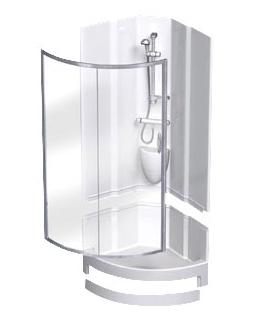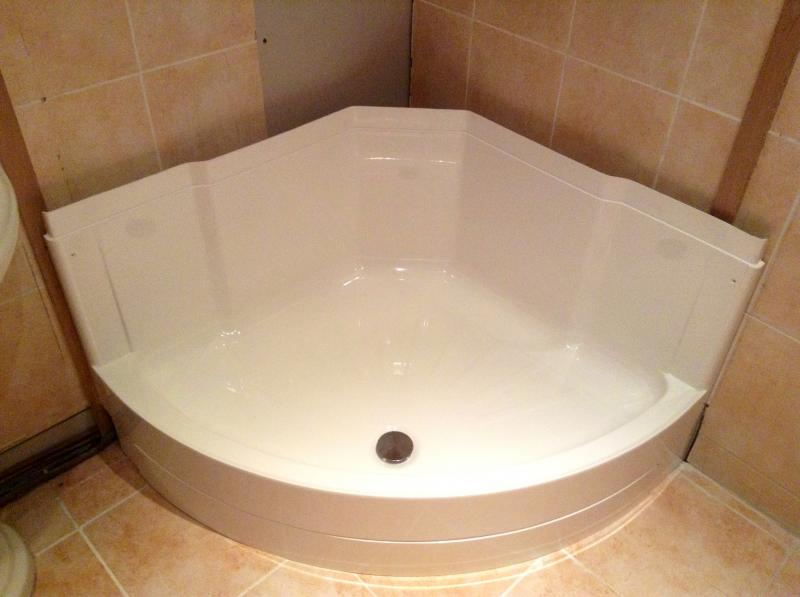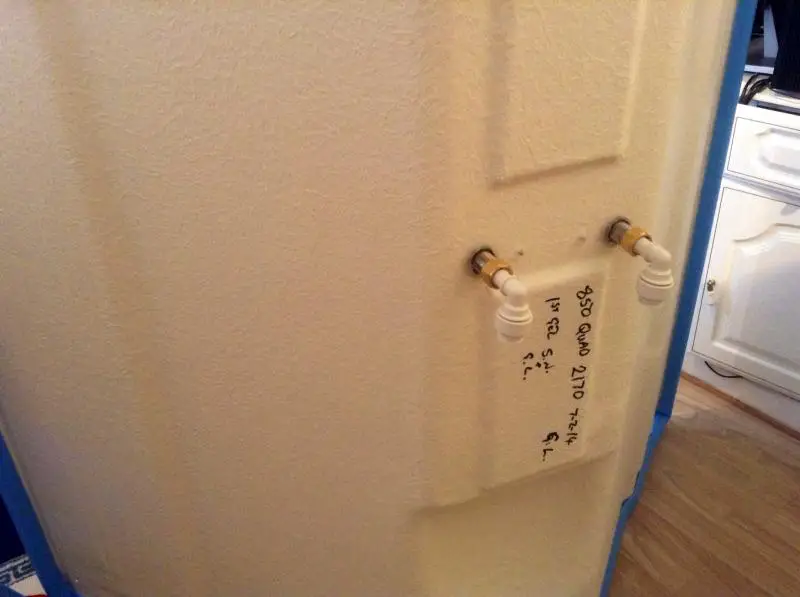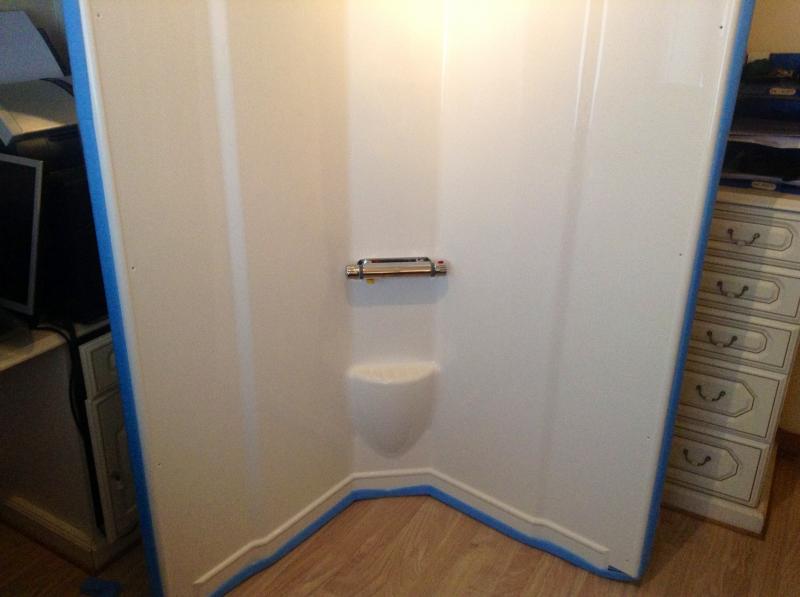Hang on a mo
The photo in this post appeared in an earlier post when "your builder" was doing the work.
Is this a DIY project or a proper repair job?
Yes, the builder started on Monday, and was totally useless, chipped a tile on the floor, tried to hide it, threw seals away that were needed, installed the wall battens in the wrong place, etc. etc. Slapdash, not what I need when installing a £1600 shower pod, in a £300K house.
So now I am doing it myself - well, as much as I can.
Also, when mentioning a 'proper repair job', I have had two builders round now, first one wanted to scam the insurance, and the second one as mentioned above.
It seems if you want anything done with care, you have to at least try and do as much as you can yourself these days.





